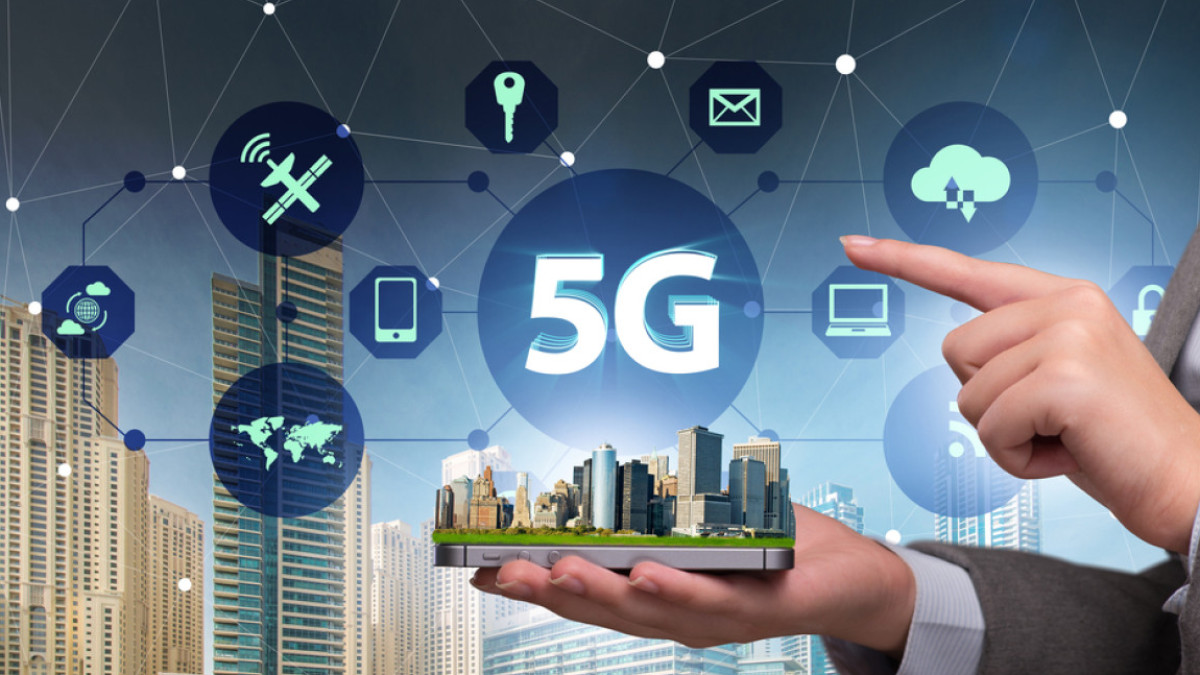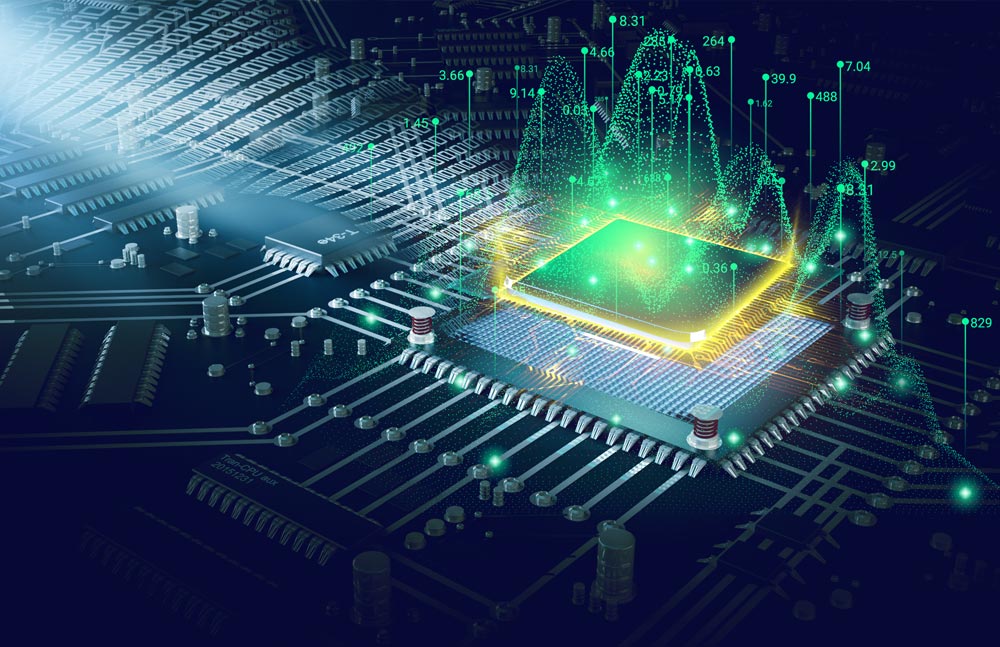5G networks are cellular networks, in which the service area is divided into small geographical areas called cells. All 5G wireless devices in a cell are connected to the Internet and telephone network by radio waves through a local anenna in the cell. The new networks have higher download speeds, eventually up to 10 gigabits per second (Gbit/s). In addition to 5G being faster than existing networks, 5G has higher bandwidth and can thus connect more different devices, improving the quality of Internet services in crowded areas. Due to the increased bandwidth, it is expected the networks will increasingly be used as general internet service providers (ISPs) for laptops and desktop computers, competing with existing ISPs such as cable internet, and also will make possible new applications in internet-of-things (IoT) and machine-to-machine areas. Cellphones with 4G capability alone are not able to use the 5G networks. 5G speeds will range from around 50 Mbps to 1,000 Mbps (1 Gbps) depending on the RF channel and BS load. The fastest 5G speeds would be in the mm Wave bands and can reach 4 Gbit/s with carrier aggregation and MIMO (assuming a perfect channel and no other BS load).
5G Technology


5G Trends
Welcome to 5G World!